You can feel the pressure of humanity wanting everything to be “normal” again, so much so that calls for a “new normal”—one in which we learn to “live with COVID“—have begun. But what does this new normal look like exactly? How can we live with a disease that takes away life? Dr. Anthony Fauci, the chief medical advisor to the President and the director of the National Institute of Allergy and Infectious Diseases, was asked what a new normal looks like, this morning at the World Economic Forum conference, during the “COVID-19: What’s Next?” panel. Read on—and to ensure your health and the health of others, don’t miss these Sure Signs You’ve Already Had COVID.
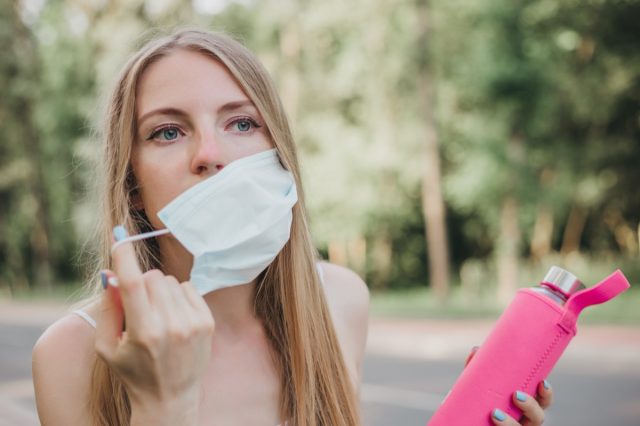

“It is very difficult to predict what a new normal is going to be until we get ourselves out of this dynamic phase that we’re in,” said Dr. Fauci, who had previously in the talk warned that Omicron is very much still thriving, and new variants could arrive. It’s too early now for a new normal. “But a new normal, I believe, will have:
- A much, much greater attention to the capability of respiratory viruses to spread as they do….
- A greater degree of interconnectivity and solidarity throughout the world, when we are talking about the possibility of pandemics.
- I don’t think people are gonna be walking around with masks all time. I mean, I think that that’s very much out of the question. That’s not gonna be something that the world will accept as being normal.
- If endemicity means such a low level of infection—you’re gonna get people who are gonna be sick. It’s not gonna be that you’re gonna eliminate this disease completely. We’re not gonna do that, but hopefully it will be at such a low level that it doesn’t disrupt our normal social, economic and other interactions with each other.
To me, that’s what the new normal is.”
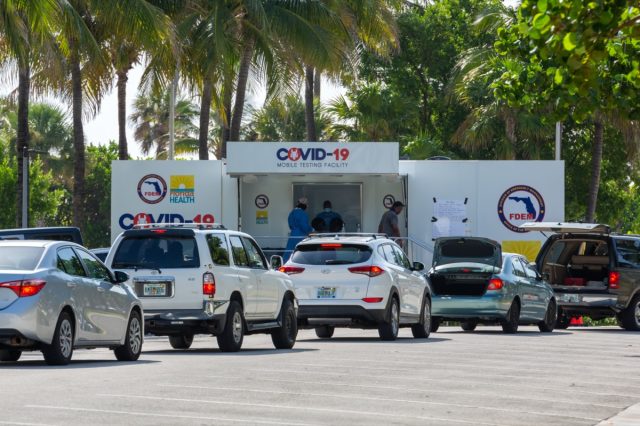

“I hope the new normal also includes a real strong corporate memory of what pandemics can do,” said Dr. Fauci. “So we don’t just go on when we get this under control, forgetting how we have to do better in both the scientific preparedness, the public health preparedness and the public health response. If it were not to the decades of investment in basic and clinical research that antidated this pandemic, we would never have been able to hit the ground running and we such a very short period of time get a highly effective and safe vaccine that goes into the arms of individuals 11 months after the virus was first identified and put on the public database.”
RELATED: Dr. Fauci Just Issued This Latest Omicron Warning
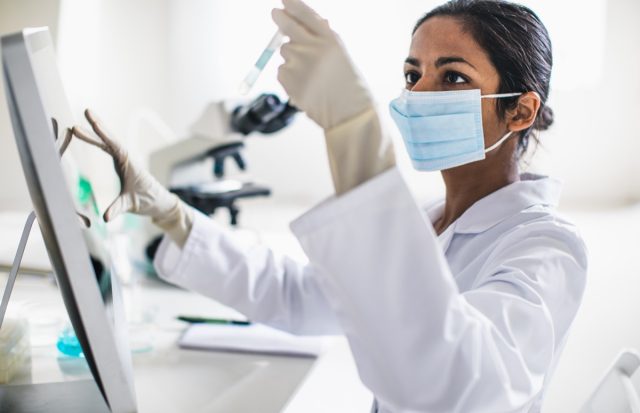

“When you talk about pandemic preparedness, for a certain aspects of pandemic preparedness, one is scientific and one is public health…..The public health preparedness that links up very closely to the scientificness of getting better platforms, better immunogen design, the ability to get production, literally within a very fraction of the amount of time that it takes to go from the recognition of a new pathogen to the ability to get vaccine. And one of the things … is to get a global production capacity so that you don’t have to wait until hundreds of thousands if not millions of people die before you can get vaccines out. That’s where we should be heading.”
RELATED: Surgeon General Just Issued This “Difficult” Warning
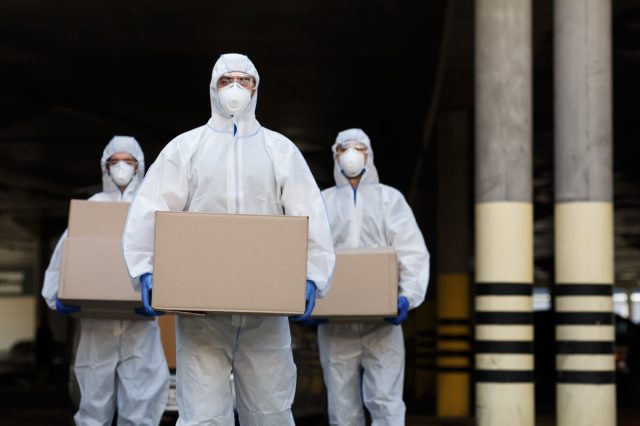

“Well, I think there are several things we should have done differently,” said Dr. Fauci. “I think we should have had a much more coordinated global response that I said so many times—a global pandemic requires a global response, and we have to keep in mind the issue of equity all the time, because you can’t have a situation where you have virus circulating freely in one part of the world, because we have a I think almost a moral obligation for the lower and middle income countries to make sure that doesn’t happen, but also it’s for one’s own self-interest because as long as you have a virus anywhere circulating freely, you’re gonna get virus that will ultimately impact all of us. We’ve gotta do it as a global community. That’s what I think is such an important lesson.”
RELATED: This Puts You at Risk of Catching COVID, New Study Says
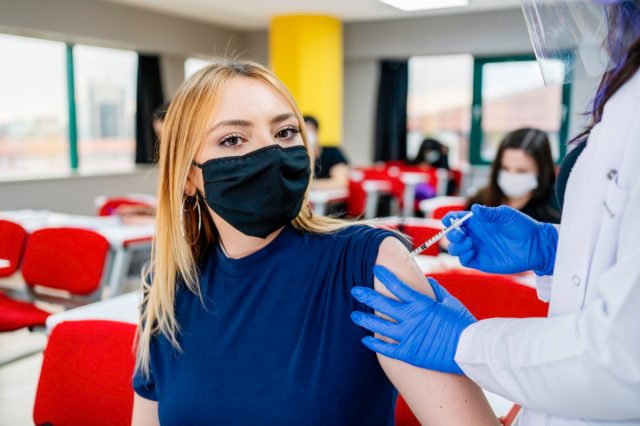

Follow the public health fundamentals and help end this pandemic, no matter where you live—get vaccinated or boosted ASAP; if you live in an area with low vaccination rates, wear an N95 face mask, don’t travel, social distance, avoid large crowds, don’t go indoors with people you’re not sheltering with (especially in bars), practice good hand hygiene, and to protect your life and the lives of others, don’t visit any of these 35 Places You’re Most Likely to Catch COVID.